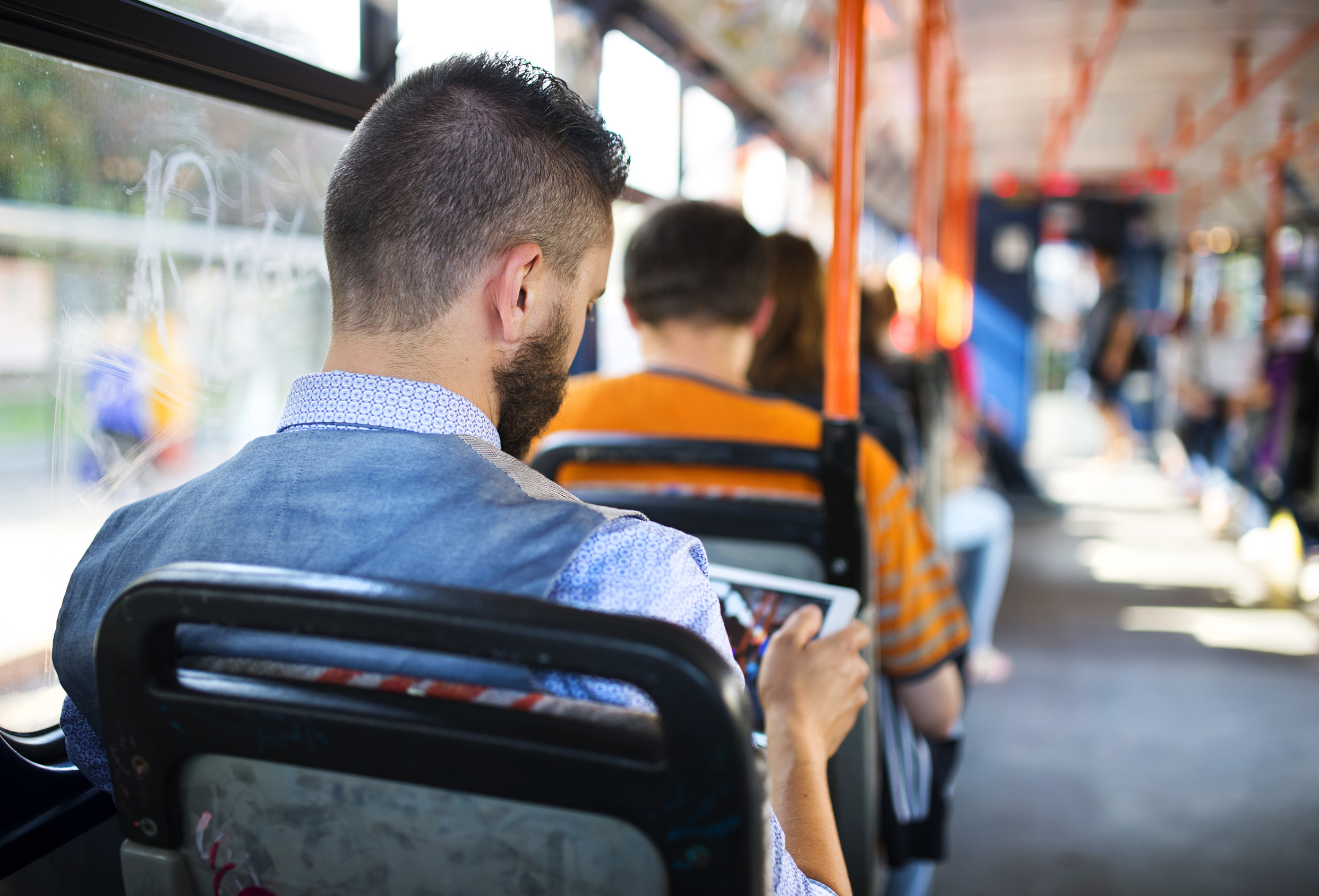When people think about saving money, their minds usually go straight to budgeting apps, cutting out subscriptions, or resisting that tempting daily coffee run. But one of the most overlooked opportunities for serious savings is sitting right in your driveway—or better yet, parked in your imagination.
Transportation can quietly eat away at your income, from car payments to insurance to gas and maintenance. The good news? There are alternatives that not only ease the strain on your wallet but also align with healthier, more eco-friendly lifestyles.
Biking: Your Wallet’s Unexpected Best Friend
Not only can riding a bicycle be good your wallet and the environment, but it can also be a load of fun too.
Swapping four wheels for two could be one of the smartest financial decisions you ever make. Bicycles cost a fraction of what a car does, both upfront and over time, with virtually no fuel costs and minimal maintenance. In most cities, bike lanes and trails have made commuting by bicycle safer and more efficient than ever before.
Plus, cycling brings a range of health benefits that could reduce medical expenses over time—think stronger cardiovascular health, improved mental well-being, and a boost in energy. If you live within ten miles of your job or regular destinations, biking could realistically replace your car for most trips, translating into thousands saved annually.
Public Transit: The Unsung Hero of Urban Living
If you live in or near a city, public transportation can become your financial ally. Monthly transit passes usually cost less than a single tank of gas, especially when you factor in wear and tear, parking, and insurance associated with personal vehicles. Buses, subways, and light rail systems also free up time you’d normally spend behind the wheel, allowing you to read, relax, or even catch up on work.
While public transit isn’t without its frustrations—delays, crowded rides—it’s still a powerful tool for reducing commuting expenses. With a bit of planning and flexibility, you can lean into its strengths and let your savings stack up month after month.
Millions of people use public transit every single day, so you should know that it is possible and you won’t be alone. Look into it and you’ll soon find your daily commute is a lot more relaxing.
Walking: Zero Cost, Maximum Benefit
It doesn’t get more budget-friendly than walking. With no fuel, maintenance, or fare required, walking is the most accessible and inexpensive form of transportation available. For people living in walkable neighborhoods, going car-free or owning just one family vehicle becomes a real possibility.
Walking doesn’t just save money—it also enhances your quality of life by encouraging daily movement, reducing stress, and giving you more time to connect with your surroundings. Over the course of a year, replacing even a portion of your car trips with walking can yield hundreds, if not thousands, in savings.
Carpooling: Sharing the Load and the Bill
Carpooling might not be the flashiest option, but it’s one of the most practical when cutting costs is the goal. By splitting gas and tolls with coworkers or friends, you instantly reduce your commuting expenses without sacrificing comfort. Apps and local rideshare programs make it easier than ever to connect with people heading the same direction.
In many areas, carpooling also grants you access to faster HOV lanes, shaving valuable time off your drive. The true benefit lies in the long-term savings—especially when you factor in reduced mileage on your car, which delays costly maintenance and preserves its resale value.
It’s Simpler Than You Think
Adopting a new mode of transportation doesn’t require a total lifestyle overhaul. Start by evaluating your routine and identifying short trips that could easily be walked, biked, or shared. Many people are surprised to find that what initially seems like an inconvenience soon becomes their new normal—and a preferable one at that. With consistent use of these alternative options, you can lower monthly costs, extend the life of your vehicle (if you keep one), and even reduce your dependence on fluctuating gas prices. Ultimately, it’s about making intentional choices that serve both your financial goals and your day-to-day well-being.
Switching up your transportation habits can feel intimidating at first, but the benefits speak for themselves. Whether it’s pedaling through your neighborhood, catching the morning train, or simply walking more often, each decision brings you closer to real savings. These choices aren’t just smart for your wallet—they’re better for your health, your community, and even the environment. If you’re feeling inspired or already on a journey to smarter commuting, we’d love to hear your thoughts. Leave us a comment below and share how you’re saving money through transportation, or what changes you’re thinking about making.
Read More
6 Simple Ways to Stay Safe When Using Public Transportation
Take A Taxi Instead: These 7 States Have The Worst Public Transit Systems in America



Leave a Reply